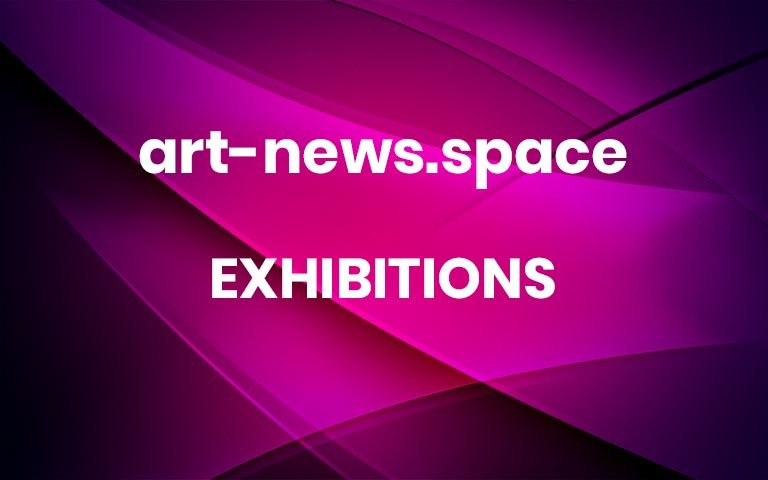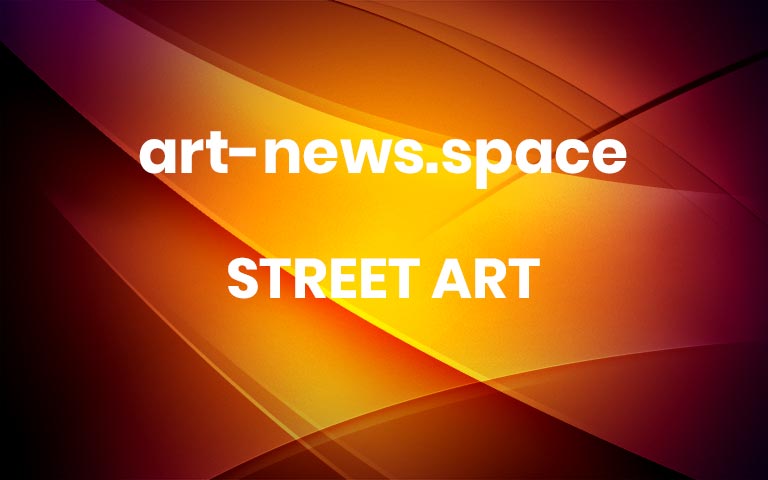The Home of Ronald Lauder, Along With Its Vast Private Art Holdings, Has Been Faithfully Reproduced Inside the Neue Galerie
What’s it like seeing Gustav Klimt’s iconic Portrait of Adele Bloch-Bauer in person? For many, the answer exists only in their imagination. However, from November 11, 2022, through February 13, 2023, philanthropist Ronald Lauder is giving the public that very opportunity with a showing of his personal collection as it appears in his home—that is, an exact reproduction of his private residence within the Neue Galerie New York.
The show, in honor of the 20th anniversary of the museum’s founding, is the first time in a decade that a comprehensive look at the Ronald S. Lauder Collection has been publicly available. Comprising Greco-Roman sculptures from the third century B.C.E. through German and Austrian art from the 20th century, it is one of the world’s greatest private art holdings.
It’s also, apparently, caused something of a stir because the Gilded Age mansion where it resides was not built with a freight elevator. The Neue Galerie had to hoist numerous larger pieces through its windows. Suffice it to say, onlookers have been rapt the past few weeks watching Renaissance gold-ground paintings, medieval suits of armor, and other remarkable treasures pass into the museum’s upper stories.
And yet more startling, when viewed in person, is how so many of these stunning works have been arranged to create a home. More than museum curation, the show—with its astute attention to detail—imposes none of the stuffiness one might expect from having so many classic works under one roof. Instead, it feels relaxed, like visiting a friend whose life has been dedicated to celebrating the arts. In this way, it sheds the pretensions of displaying art in favor of experiencing it. It’s a feeling Lauder enjoys, we must imagine, on a daily basis—and one we hope the following collection highlights convey.
Monumental Head of a Goddess, Greek, Hellenistic, ca. mid-second century B.C.E., marble. Private Collection. Photo: Hulya Kolabas.
This Hellenistic, marble head (ca. 150 B.C.E.) is intriguing both for its mute, piercing gaze and its position on Lauder’s desk. “This is the one time that he decided to make his private rooms available to the public—and given the scope of the project, it will likely never happen again,” Neue Galerie Director Renée Price told Artnet News. “The works selected for the exhibition were chosen by Mr. Lauder himself, and arranged at the Neue Galerie in a manner that reflects how they are displayed in his home. The presentation demonstrates a unique, private taste—a vision.”
Installation view of “The Ronald S. Lauder Collection” on view at Neue Galerie New York. Photo: Hulya Kolabas, courtesy of Neue Galerie New York.
Containing the world’s premier assembly of works by Gustav Klimt, Lauder’s collection of early 20th-century Austrian art is replete with works visitors will recognize instantly. In a video produced to introduce the show, Lauder says he has three classifications of art: “Oh,” “Oh my,” and “Oh my God!”—and he only collects the last of these. As a result, he says, “It is impossible for me to choose a favorite work from my collection. When I love an artwork and decide to acquire it, I don’t fall out of love with it. I just get to know it better.”
Jug, Italian (ca. 1600). Rock crystal, gold, enamel. Private Collection. Photo courtesy of Neue Galerie New York.
Central to the Neue’s reproduction of Lauder’s private office is his impressive white-marble statue of Hermes (second century C.E.), Roman messenger of the gods, as well as his magnificent collection of exotic and exceptional objects, dating from the 15th through the 18th centuries. To properly display the precious decorative objects, Lauder thoughtfully designed a Kunstkammer (art cabinet) for his residence, which is replicated at the show. In discussing how the museum faithfully reconstructed the interiors, Price commented, “The process of developing the exhibition was a collaborative effort between Mr. Lauder, his curatorial team led by Elizabeth Szancer, and the Neue Galerie team. Discussions began long ago, with many Zoom calls, discussing and rearranging floor plans. Then the heavy lifting, which involved getting permits to hoist large-scale works into our historic building, and install the works on-site. The final result is a testament to the dedication of a great team of people.”
Installation view of “The Ronald S. Lauder Collection” on view at Neue Galerie New York. Photo: Hulya Kolabas, courtesy of Neue Galerie New York.
Numerous works in the Neue exhibition exemplify how Lauder’s personal taste goes into the selection of everything he collects, such as this painting by lesser-known German expressionist Conrad Felixmüller, My Brother–Mining Engineer (1922). Commenting on his process, Lauder told Artnet News, “Art collecting for me is a passion. It’s about what speaks to me on a personal level. It never has been about the market, or the need to collect (or to avoid collecting) what others do. It doesn’t take great connoisseurship to buy a world-famous Picasso. It only takes money.”
Erich Heckel (1883–1970), Bathers in a Pond (1908). Oil on canvas. Private Collection. Photo courtesy of Neue Galerie New York.
Commenting on a reproduction of the mantelpiece—over which hangs one of the first works Lauder acquired, Erich Heckel’s Bathers in a Pond (1908)—Price said, “At the Neue Galerie, we are always thinking about the Gesamtkunstwerk—or total work of art. The experience of visiting our museum is all-encompassing for the senses: a view of the galleries that present fine art and design at an intimate scale, a taste of the Austrian cuisine in Café Sabarsky, a tactile moment in the design shop and bookstore. While our mission is focused on Austrian and German art from the early 20th century, this exhibition is placing what we do here in a much broader context. The underlying principle is the Gesamtkunstwerk, everything together, of the highest quality. That is the philosophy of the Neue Galerie, and the Lauder Collection is so exemplary of that philosophy.”
Bernardo Daddi (Italian, active ca. 1312/20), Madonna and Child with Four Angels (1348), Florence. Tempera and gold on panel. Private Collection.
In a wider sense, the Neue’s exhibition presents a unique accretion of histories, not only of Lauder’s as a collector and of what the works depict, but of each piece’s provenance—many were stolen by Nazi authorities and recovered after World War II—and art history itself. According to Lauder, “The exhibition reflects the evolution of my collecting interests over the course of the past decade, as highlights from my collection were first presented at the Neue Galerie for the museum’s 10th anniversary. Over the past ten years, I became interested in new areas, including antiquities and gold ground paintings, rekindled my interests in Old Masters, and deepened existing areas of my collection.”
Installation view of “The Ronald S. Lauder Collection” on view at Neue Galerie New York. Photo: Hulya Kolabas, courtesy of Neue Galerie New York.
In addition to magnificent works of art, the show also features a room dedicated to Lauder’s remarkable collection of medieval armor and weapons. “In every era, there are great artists,” Lauder explained to Artnet News. “The thread of excellence of the great masters runs through the centuries, from ancient Greek and Roman art to Medieval Art, from gold-ground paintings of the early Renaissance to Old Master paintings and Kunstkammer objects of the 15th to the 18th century, through to the early 20th century Austrian and German art and decorations. Most early works do not have the artist’s identity but even without their names, they are of great quality. I have always been fascinated by masterworks throughout the centuries.”
Follow Artnet News on Facebook: Want to stay ahead of the art world? Subscribe to our newsletter to get the breaking news, eye-opening interviews, and incisive critical takes that drive the conversation forward. More



